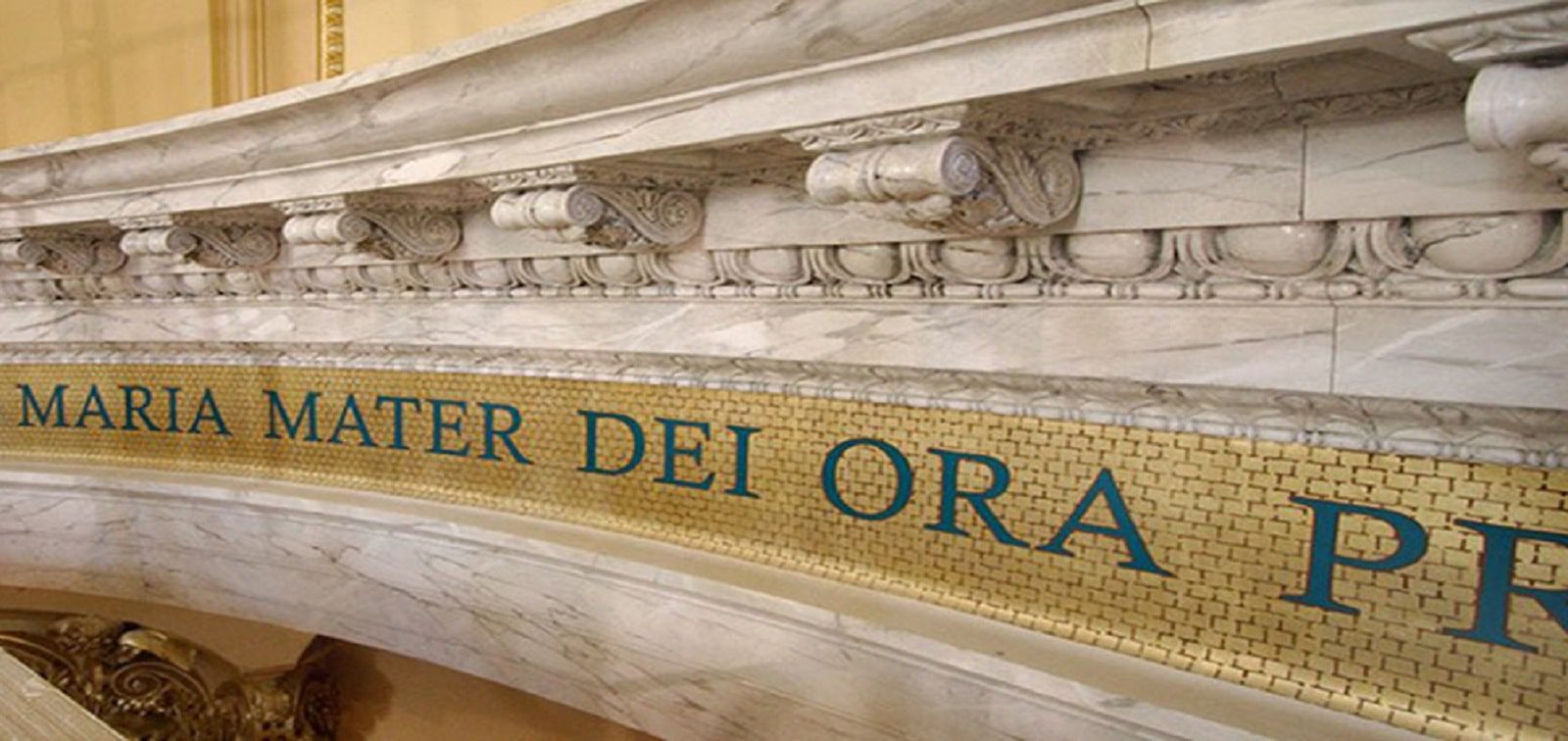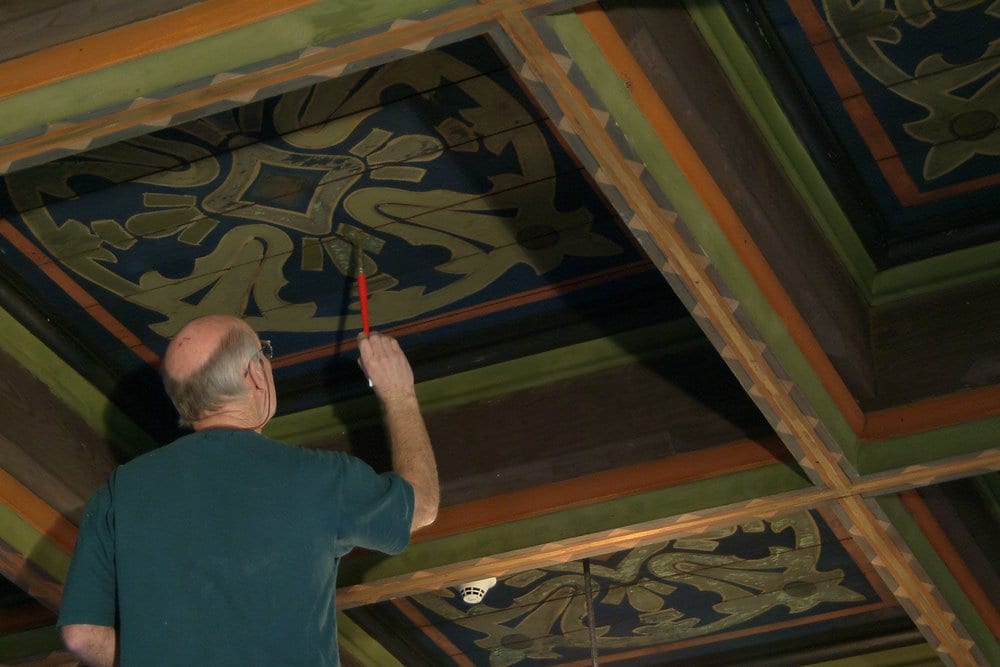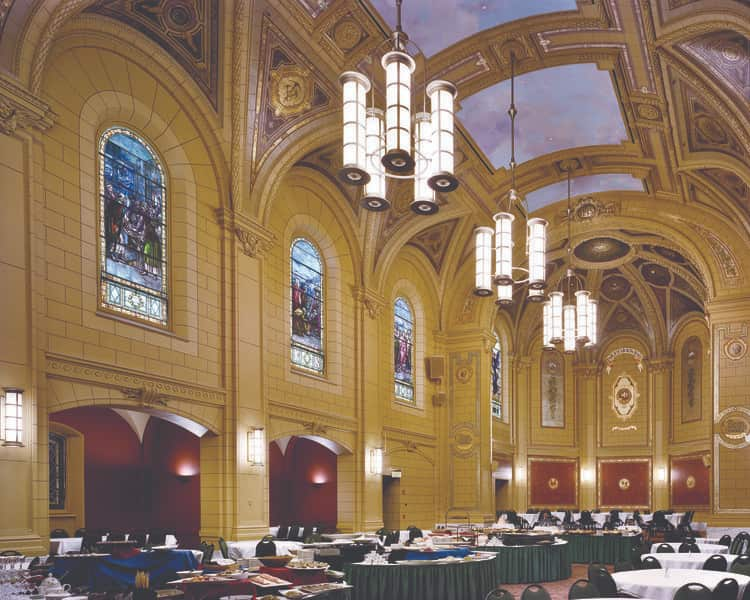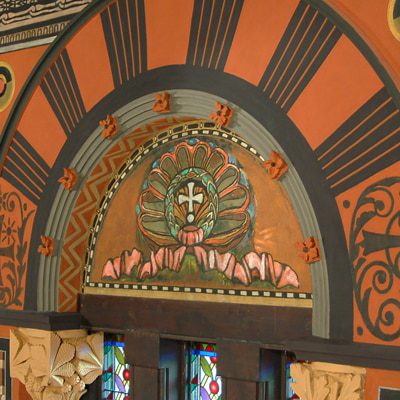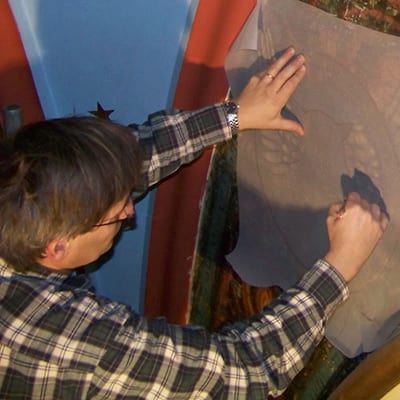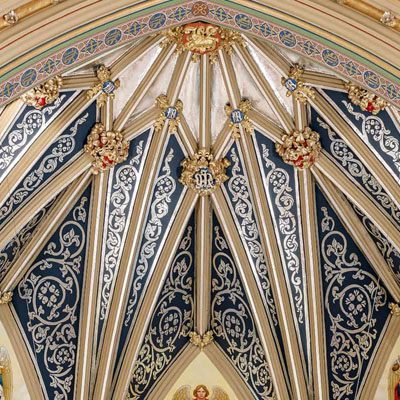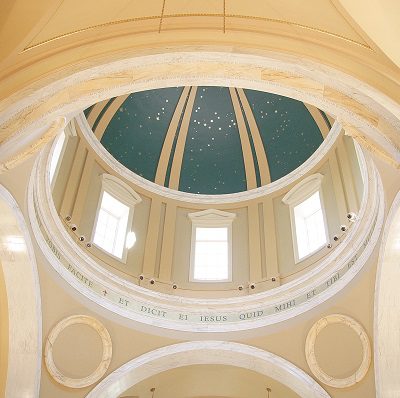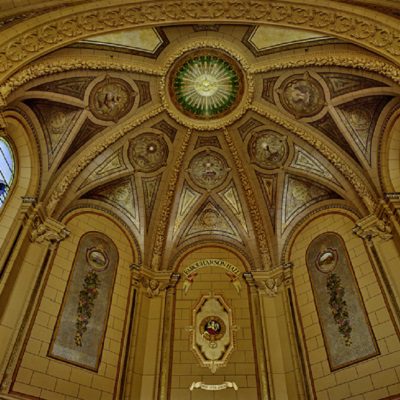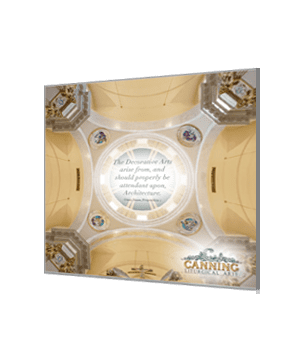The answers to questions of the modern age are found almost exclusively in science labs rather than supplementing advancement with history, philosophy, and theology. The superfluous traditions of the past are cleared away and fade in memory, as if afraid to admit a mistake. And faith, what faith? The religion of the new age is self-advancement. Nothing about this new world is self evident other than to know and improve oneself. We do not just fear the past, we hate the past. Our society goes to all ends to alienate ourselves from our ancestors: dismantling morality, justice, tradition, faith and so on. The myth of God is suppressed by science and actions are driven by emotion rather than reason.
The societal norms and tendencies of a given era in history are reflected in the art, architecture, music, fashion, etc. produced in that time. The general focus of our modern belief system, is to know and to believe in oneself; which is important but not singularly sustainable. As a result of this relative mentality, individuals act on feeling rather than fact, impacting all sectors of society including church architecture and design. The singular, dare say selfish, idea that the individual’s notions are primary, poses difficult design problems when, for instance, evaluating the hierarchy of a church interior. In a vacuum where faith is an archaic tradition and history is cast aside, how does one illustrate truth, goodness and beauty when designing a church?
Sacred buildings are designed to communicate spiritual beliefs through tangible forms. In a church, it is not enough to simply know oneself to fully grasp the purpose of the building. Sacred architecture and decoration are a kind of language that visually communicate mysteries, stories, prayers, etc. The structure of a religious building has historical and liturgical significance that sets precedent for those beliefs.
A relativist mentality and a denial of history blinds our culture to the forms necessary for church architecture and design. A group of relativists, religious in the belief that beauty belongs to the eye of the beholder, would have varied opinions regarding the beauty of a Crucifix based on their own visual realities. An artist may compare the Crucifix to other works of art, determining its beauty based on craftsmanship, originality, likeness, etc. An atheist may scoff at the existence of such delusions and insist that even if the Crucifix is fine craftsmanship it cannot be beautiful because it represents primitive human tendencies towards religion as opposed to progress. An unknowing child might question how such terrible image of death could even be considered beautiful.
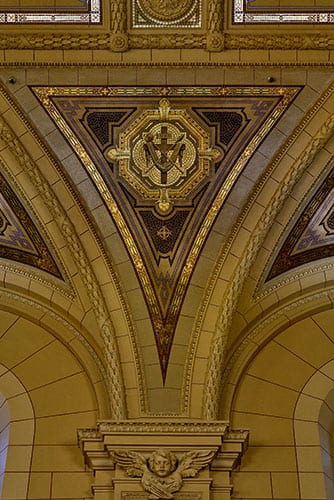
The Culinary Institute of America, Hyde Park, NY
There are thousands of possible responses, none of which would be entirely wrong, just missing the main point. A relativist, answering in truth, will never understand the beauty that extends beyond the visual realities. The image of Christ on the Cross exists in a tangible form but represents and communicates the love of a sacrifice made 2000 years ago. The true beauty of the Crucifix is the perfect love. The love of the Savior, God became man, born to died in order to save mankind. It is the duty of the craftsman or artist to illustrate the beauty of this belief utilizing the best of their trade.
Some argue that art and symbolism flourished in an illiterate culture in order to visually communicate the stories and mysteries of faith. Now that our culture is literate, there is no need for such opulence. Although the opening statement is not untrue, it is unsustainable. Today we have a culture that can read but cannot see, that is literate but spiritually ignorant. This cultural blindness has whitewashed and dumbed-down all faiths.
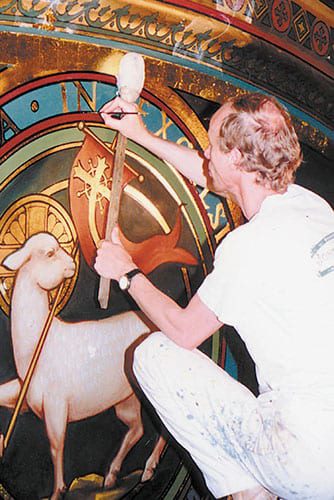
Old St. Paul’s Episcopal Church, Baltimore, Maryland
It is said that, “a picture is worth 1000 words.” Each symbol sparks curiosity to understand its meaning. Each painting provokes knowledge of its history, contents, and purpose. Each incredible church commands spectators to look up in wonder. The physicality of sacred art and symbolism aim to awe in order to inspire the heart and mind to the spiritual beauty the object represents. If we separate beauty from truth, art and symbolism from faith, religion is reduced to words. Though faith can technically exist without objects of beauty, it flourishes with the support of beautiful art, architecture, music, etc.
So the question is, why simply exist when there is a possibility to thrive?
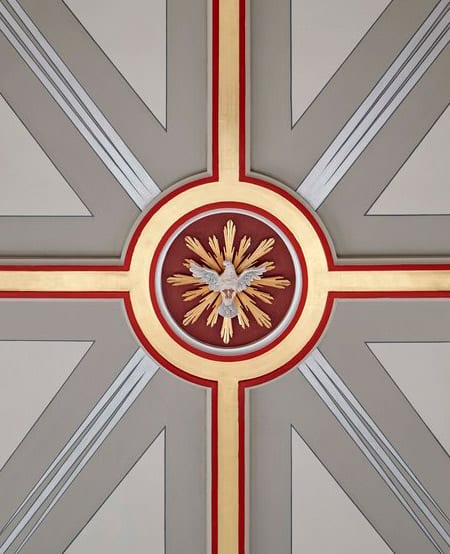
Archdiocese of the Military Chapel, Washington, D.C.
To explore more of our projects completed in sacred buildings, please click here.

